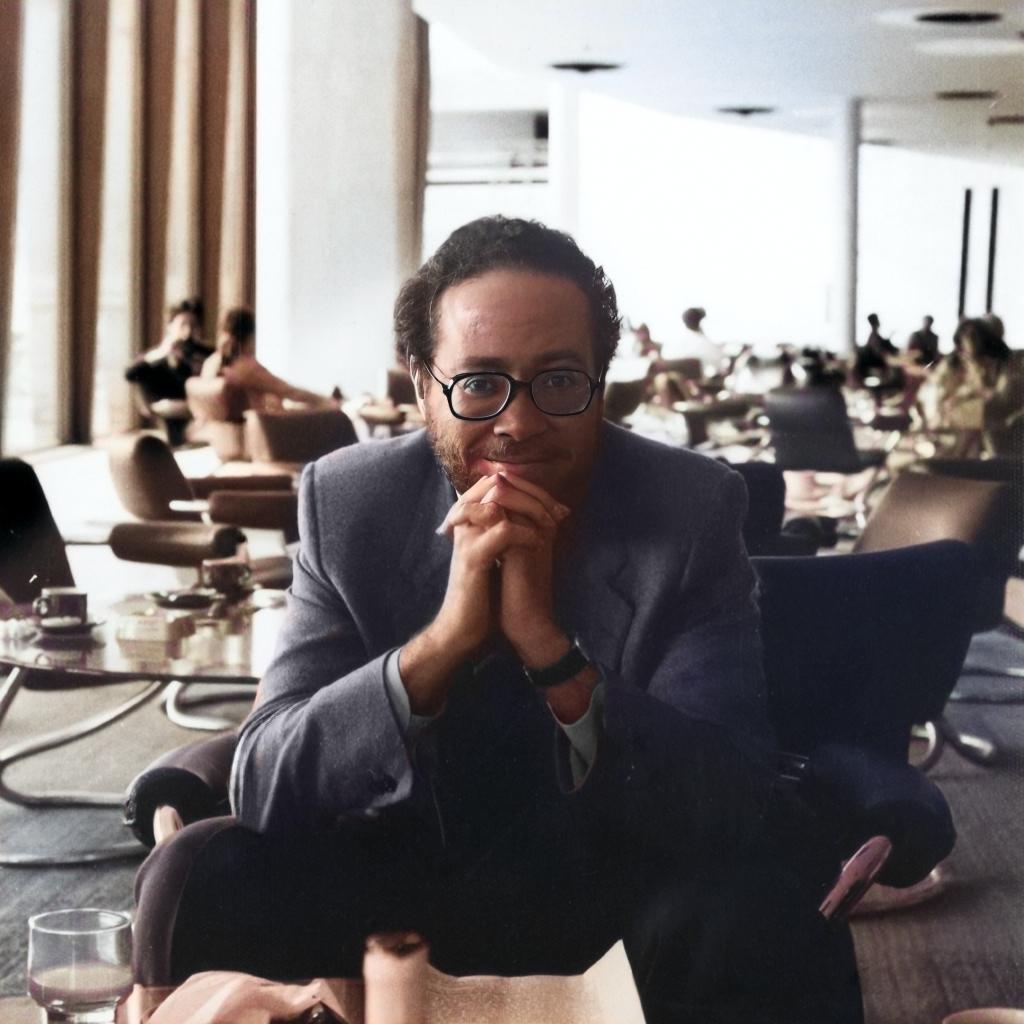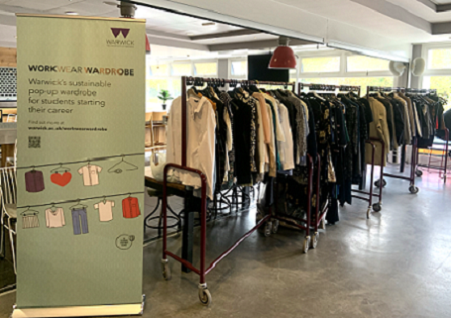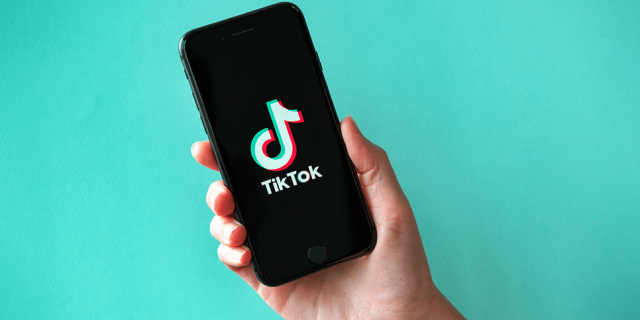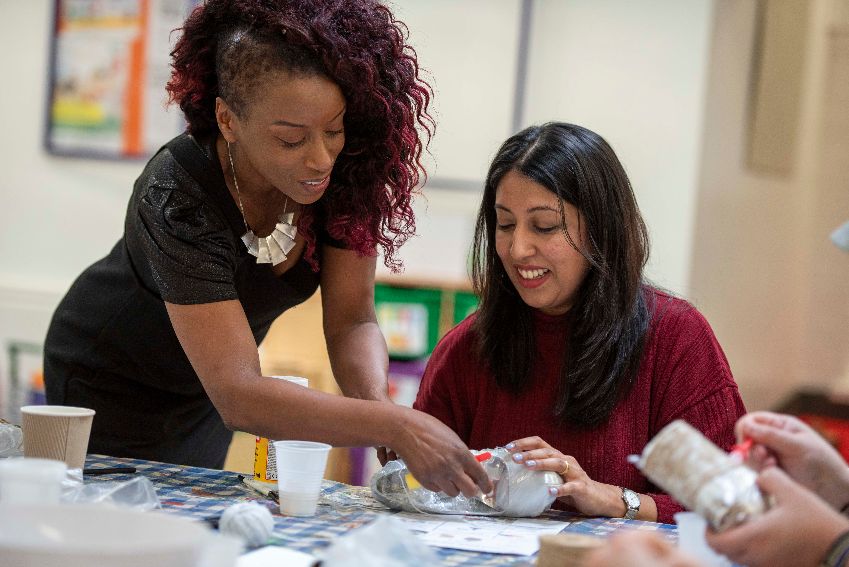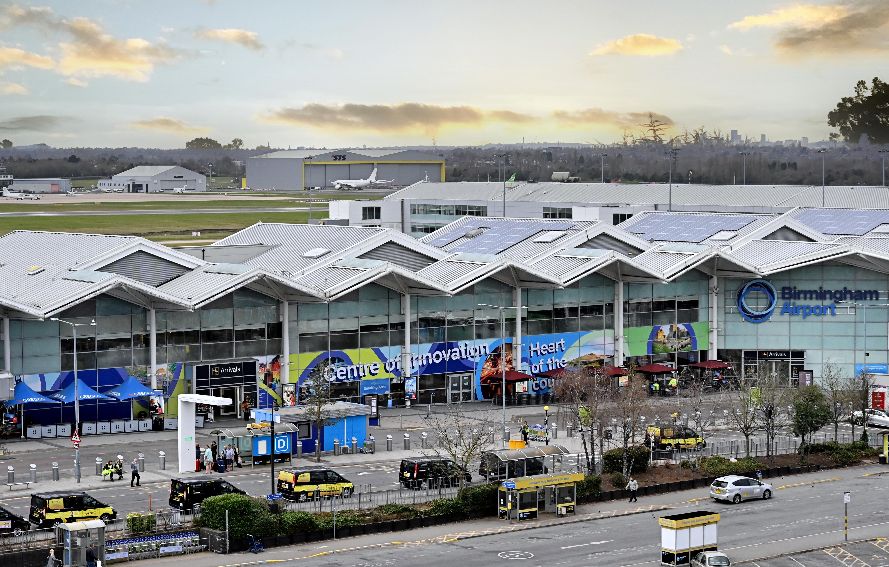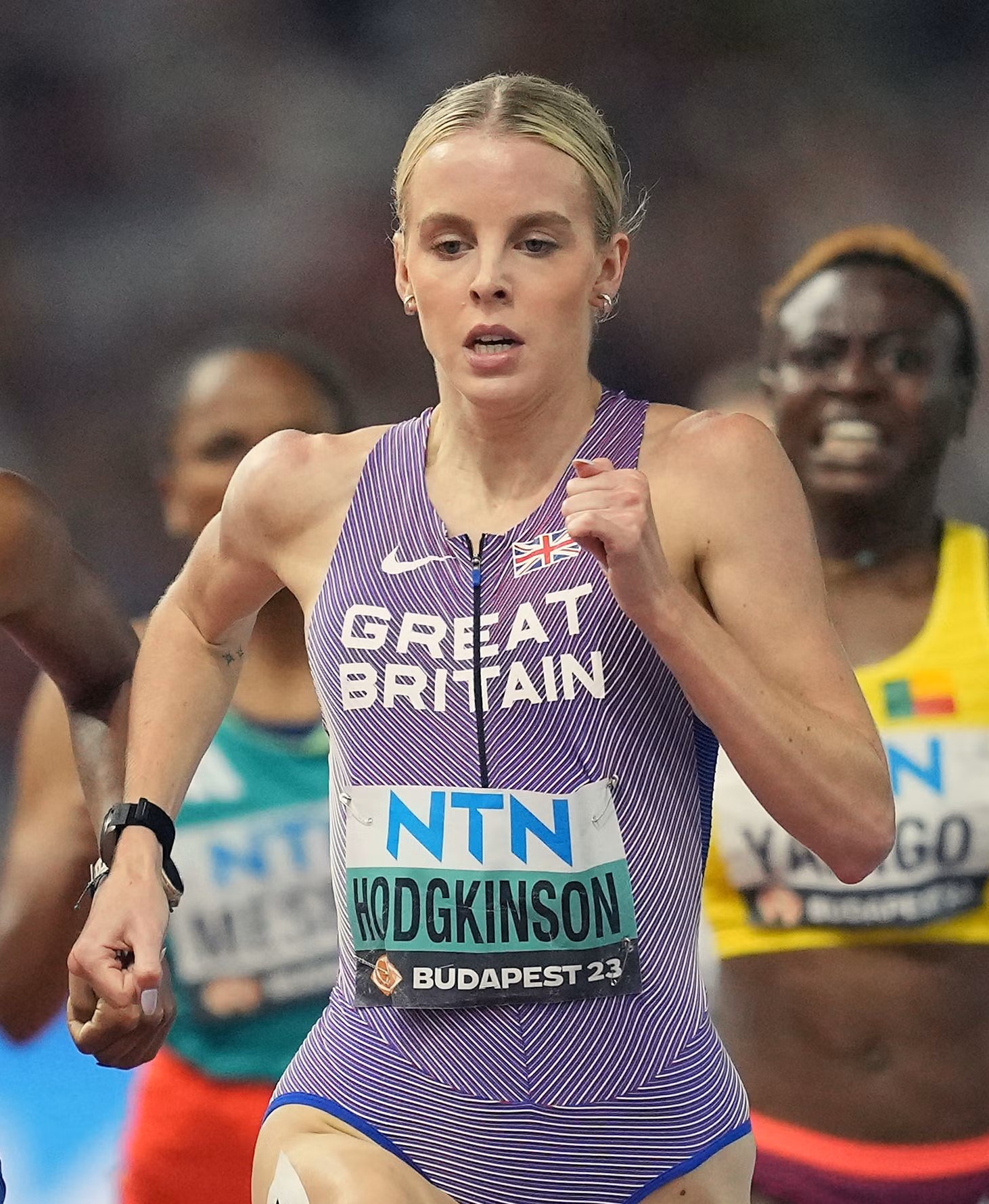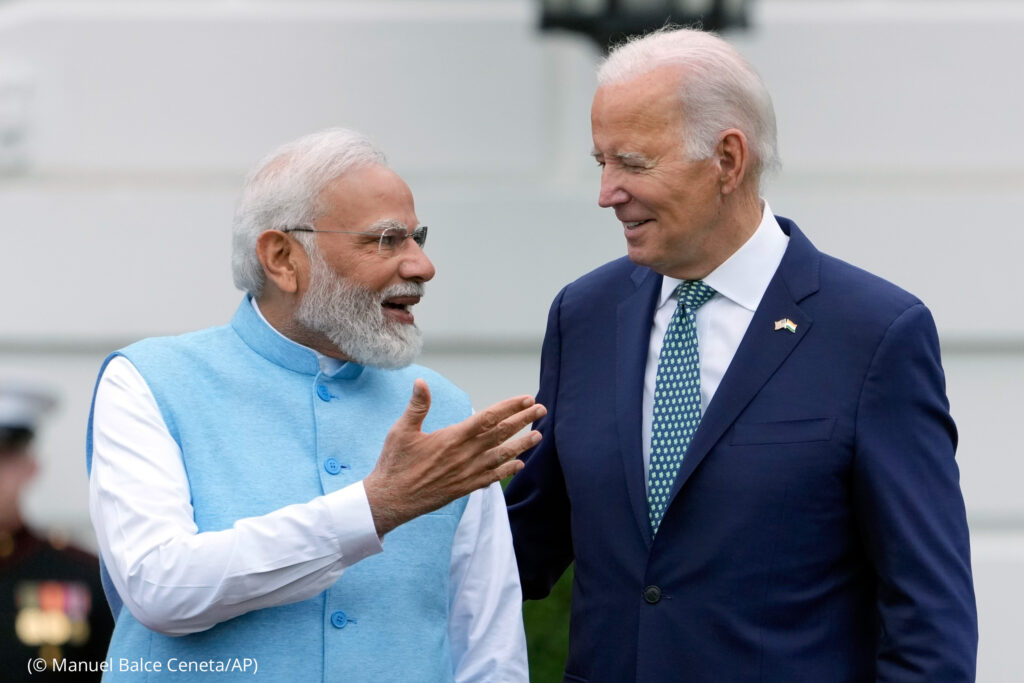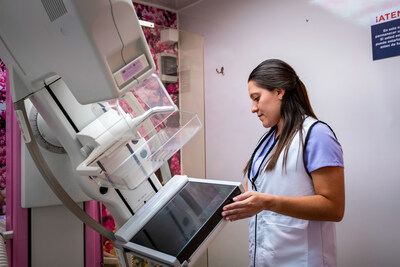"I said x squared divided by a squared plus y squared divided by b squared plus, z squared divided by c squared equals one!"
x2/a2 + y2/b2 + z2/c2 = 1
This Easter season, as you tear open those chocolate eggs, have you ever wondered why they're snugly wrapped in foil? Turns out the answer lies within the easter egg-quation.
Mathematician Dr Saul Schleimer, from the University of Warwick, sheds light on the delightful connection between Easter egg wrapping and mathematical curvature. "When you wrap an egg with foil, there are always wrinkles in the foil,” explains Professor Schleimer.
“This doesn't happen when you wrap a box. The reason is that foil has zero Gaussian curvature (a measure of flatness), while an egg has (variable) positive curvature. Perfect wrapping (without wrinkles) requires that the curvatures match!"
So, unlike flat surfaces, eggs have variable positive curvature, making them challenging to wrap without creases or distortions. Foil, with its flat surface and zero Gaussian curvature, contrasts sharply with the egg's curved shape.
Attempting to wrap an egg with paper, which also lacks the required curvature, would result in unsightly wrinkles and a less-than-ideal presentation. Therefore, by using tin foil, we can harmonise the egg's curvature with the wrapping material, achieving a snug fit without compromising its shape, thus showcasing the delightful intersection of mathematics and Easter traditions.



